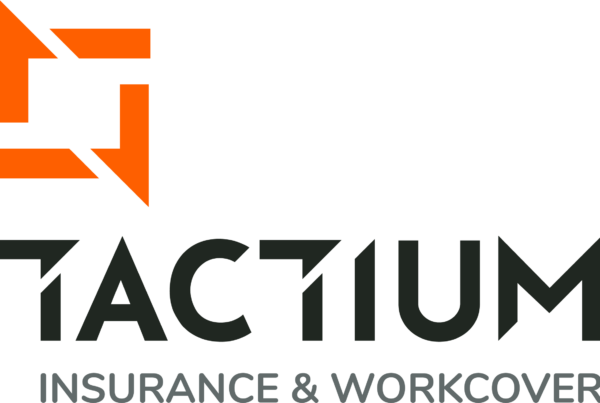Tech companies are well known for their cool culture. Old manufacturing businesses…. not so much. Is it unfair to even compare the two?
Last night I attended Culture Amp’s first ever #peoplegeekup in Melbourne hosted at the offices of Envato.
I learned a lot about how these exciting young companies foster such a great environment within themselves and took some away some lessons (challenges) to tackle in my work as business consultant.
The event was timely considering our hosts Envato had just this week placed third in JobAdvisor’s Coolest Company in Tech Award. Plus they also just announced the introduction of a ‘work anywhere, work any time’ policy.
What a place!
We were treated to a great presentation from Culture Amp’s Head of Digital and Community Damon Klotz followed by a great Q&A between Damon and Envato’s HR Director James Law. Massive value from both of these guys.
I was motivated to attend this event for three reasons:
- Earlier this year I promised myself I would attend every networking event I possibly can, without hesitation, as long as it is relevant to me
- I do a lot of work with my clients around fixing workcover problems through cultural evolution and it makes sense for me to learn more about Culture Amp
- I’m pretty sure I’m a People Geek
The whole drive in to Melbourne CBD I was pretty nervous and my lizard brain was telling me to turn around and go home. I haven’t rubbed shoulders with cool tech startup folks before. I work with mostly traditional, brick and mortar, aussie businesses in manufacturing, health, labour hire and so on.
So I was feeling like a bit of a black sheep.
But they were a super friendly bunch and I made some great new connections.
Still, hearing all these cool stories about cultural awesomeness and work flexibility, it would be easy to become cynical.
Sure it’s easy for these tech companies to do it. They’re all young. They’re scaling. Business must be good and perhaps it’s easy to find the money to invest in culture.
Sure a graphic designer can work from home and keep in touch via Slack, but how can a manufacturing work environment mimic this? Impossible!
That’s a cop out.
And it’s not the real reason these companies do it different to our brick and mortar friends.
The reason so many of these cool tech startups have such great workplaces is that their founders simply want to create a workplace that they think would be cool to work at. They create an environment where people actually get excited about turning up, themselves included.
This is how employees want to work these days and these tech founders know it (they are it). The boss doesn’t need to be convinced.
It’s harder for traditional brick and mortars to mimic these results, but not impossible.
And unfortunately it probably won’t happen for free.
There will need to be an investment in something that has never had any money allocated to it in the past (hence my question to James Law on making the business case for culture and the subsequent raised eyebrows from my peers).
I don’t work with any tech startups and to be honest they probably don’t need my help. Not to fix a workcover problem at least.
The businesses that do need my help engage me to fix a problem with high workcover premiums and a higher than normal volume of workcover claims (a claims culture if you will). And there are plenty of things I do to fix this problem.
A workcover problem is not a workcover problem per se.
It’s a symptom of poor workplace culture.
You need to treat the symptoms with strategies initially but ultimately you must cure the disease with cultural evolution.
I’m fully convinced of the benefits of cultural evolution but it’s a tough sell.
James Law’s suggestion to me on making the business case for culture:
“Lean process improvement.”
Lean is about creating more value with fewer resources.
Identify how much time, resources and money is spent on recruiting, advertising, training, performance management, WORKCOVER etc.
If an investment in cultural evolution can reduce these costs by more than the outlay, the business is in front. Spend this much here to save more there.
Considering that the cost of poor recruiting practices is equivalent to over 50% of an employee’s salary, there are big dollars at stake here.




